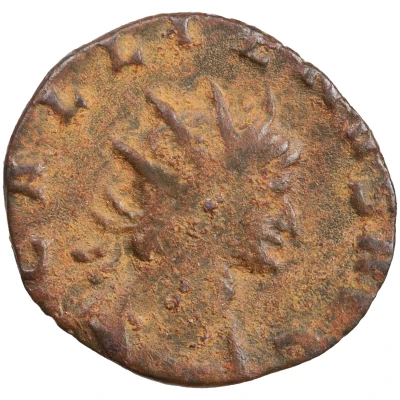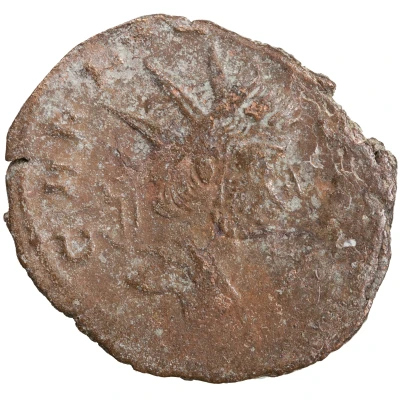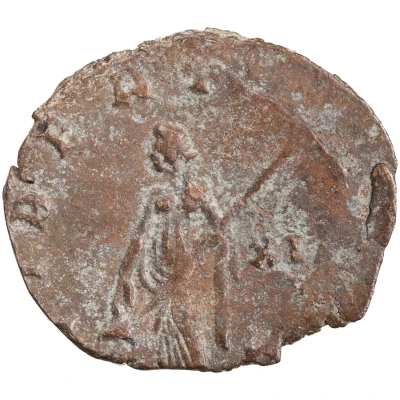Antoninianus - Gallienus LIBERTAS; Libertas
| Silver | 2.7 g | 18 mm |
| Issuer | Rome › Roman Empire (27 BC - 395 AD) |
|---|---|
| Emperor | Gallienus (Publius Licinius Egnatius Gallienus) (253-268) |
| Type | Standard circulation coin |
| Years | 260-268 |
| Value | Antoninianus (1) |
| Currency | Antoninianus, Reform of Caracalla (AD 215 – 301) |
| Composition | Silver |
| Weight | 2.7 g |
| Diameter | 18 mm |
| Shape | Round (irregular) |
| Technique | Hammered |
| Demonetized | Yes |
| Updated | 2024-10-05 |
| Numista | N#288747 |
|---|---|
| Rarity index | 100% |
Reverse
Libertas, draped, standing left, holding cap in right hand and sceptre in left hand. Officina mark in right field.
Script: Latin
Lettering:
LIBERTAS
XI
Translation: Freedom.
Comment
Source:Online Coins of the Roman Empire (OCRE)
Interesting fact
The Antoninianus coin was introduced by the Roman Emperor Gallienus in 260 AD as a replacement for the denarius, which had been the standard Roman currency for centuries. The Antoninianus was made of silver and had a higher purity level than the denarius, which had been debased over time. The coin's design featured the goddess Libertas on the obverse (front) side, and the emperor's name and title on the reverse (back) side. The Libertas design was meant to symbolize the idea of freedom, which was an important concept during Gallienus' reign. Despite its introduction, the Antoninianus coin did not last long and was eventually replaced by other currencies.



